With over 20% of our portfolio invested in Malaysia, we are often asked why we like the country so much. Our answer: we don’t!
Emerging markets are exciting. It seems every week some EM country makes headlines with stories such as airstrikes, coups, hyperinflation, or currency crises.
Malaysia is boring. It grows 5% a year, maintains a low 3% unemployment, and typically keeps inflation right around 2%. The only exciting stories we used to see were corruption scandals, but the new prime minister is cleaning things up and there seem to be fewer of those. One can witness the lack of investor enthusiasm in Malaysia by the fact that its stock market has been flat over the past 6 years while the MSCI Frontier Emerging Index has returned a total of 35%.
Despite the stagnant stock performance that passive Malaysian investors have experienced, our holdings in Malaysia have accounted for a very significant portion of our fund’s 55% total net-of-fee return since inception 6 years ago, helping it place in the top 10% among peers and beat the index by 20%. This is because, unlike most of our peers, we ignore index country allocations. Instead, we scour the globe in search of the most interesting stocks world-wide – high-quality, cheap companies with growing earnings. We don’t attempt to predict which stock markets will outperform as this is not in our wheelhouse.
 Our view of Kuala Lumpur on our first day in Malaysia
Our view of Kuala Lumpur on our first day in Malaysia
A road trip to “Treasure Island”
Searching for more high-performing companies during our month-long stay in Malaysia, we rented a car and drove 400 km from Kuala Lumpur to Penang. This beautiful island is home not only to the lovely beaches we enjoyed during our weekend stay there, but also to two companies which have returned 10x and 7x on our original investments, and whose headquarters are coincidentally located less than 5 minutes from one another. Penang has been a Treasure Island for us, and we set out to find the fund’s next big winner by visiting several more companies in the neighborhood.
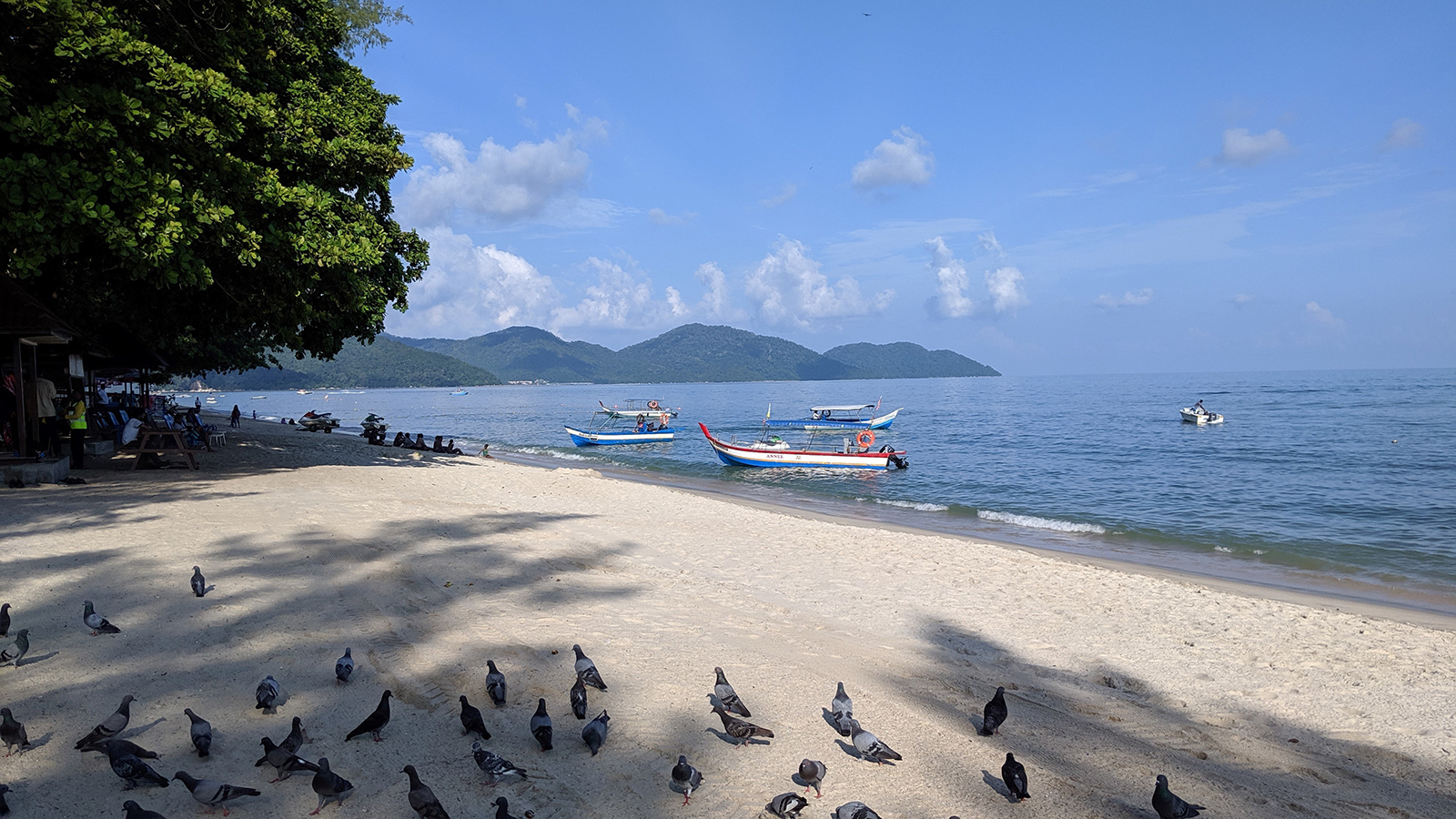 Penang Batu Ferringhi Beach near the fund’s best performers
Penang Batu Ferringhi Beach near the fund’s best performers
A gem with a discount
Penang did not disappoint. One of the companies we met is an automation equipment manufacturer which has grown its earnings every quarter for over 5 years, averaging nearly 100% growth per year. The company benefits from exposure to electric vehicles and smart devices that will be in greater demand thanks to the upcoming 5G technology shift and broader industry trends. Its order book is robust and client relationships are strong. The only hesitation for a value investor would be the company’s valuation of 24x P/E.
However, in the meeting with a director and the CFO we learned that in addition to its existing listing in Malaysia the company was also recently listed in Hong Kong, where its valuation was only 10x P/E. The only difference between the two listings is in very minor business operations owned by the Malaysian entity which together contribute less than 1% to the company’s earnings. In other words, an investor could buy 99% of the company at 40% of the price through a Hong Kong listing. The market is known to narrow such large valuation gaps over time.
To further analyze the investment prospects, we additionally met with the company’s executive chairman and co-founder. Moreover, we made a factory visit where we saw the company’s 400 engineers at work in an impressive setting of highly advanced machines. We were convinced of the quality and growth potential of the business, and excited by the unique arbitrage opportunity. As a result of our conviction, we decided to make this the largest position in the fund.
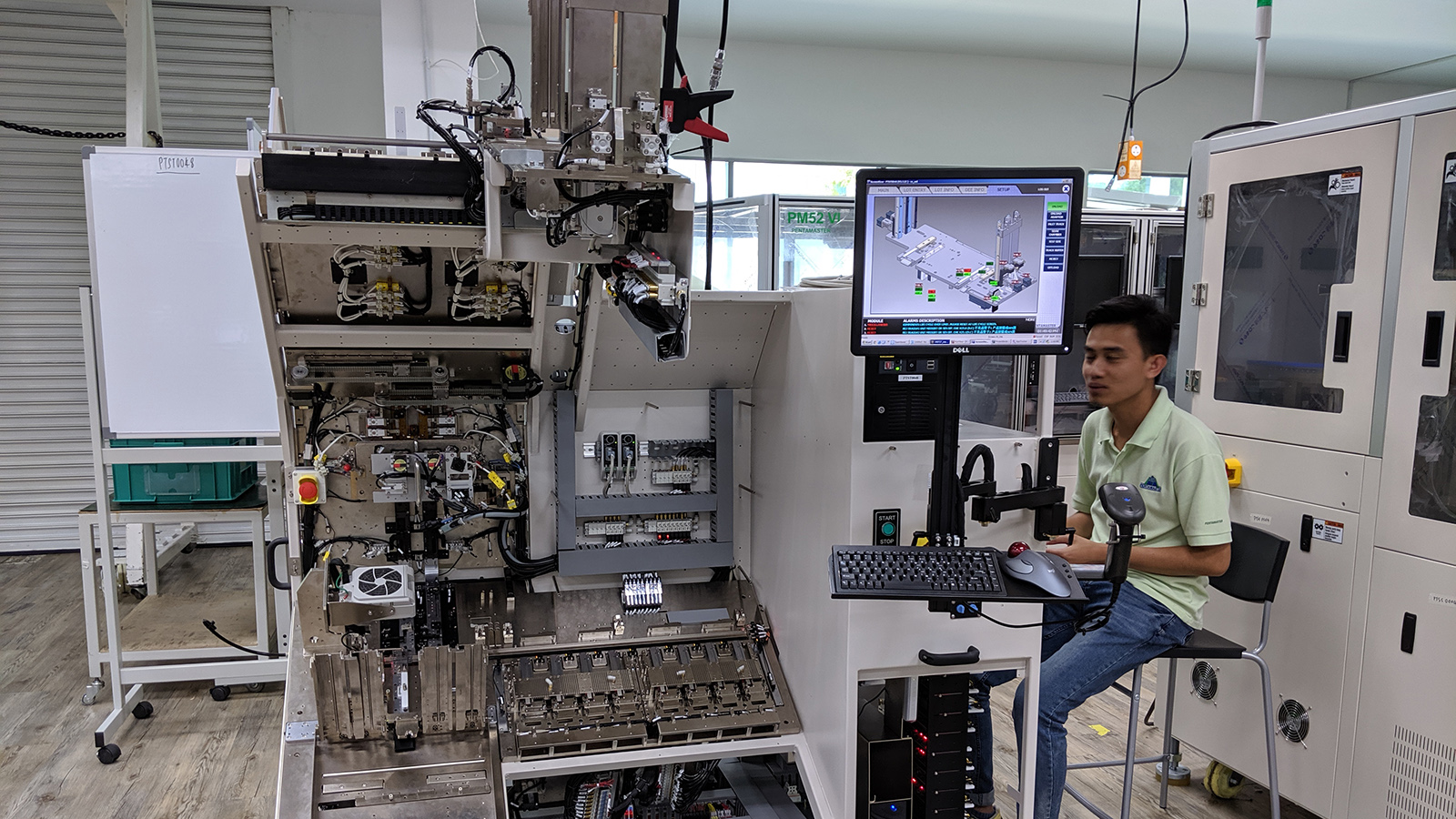 Visiting a plant of a €500 million automation equipment manufacturer
Visiting a plant of a €500 million automation equipment manufacturer
Embracing Malaysia’s diversity
We were in Malaysia for an entire month. Not only did we accomplish visits to the CEOs and senior management of 80 publicly listed companies, but we also made several due diligence trips to assess companies’ assets and operations, met the local stock exchange leadership to understand their ESG objectives, discussed Malaysia’s investment priorities with a manager of its sovereign wealth fund, and got a glimpse into the motivations of the new prime minister over lunch with one of his immediate family members.
A recurring theme throughout the whole month was impressive diversity that we observed – cultural, ethnic, religious and gender. In Kuala Lumpur this diversity is especially on display: for instance, we were picked up from the airport by a female driver (which is still sadly uncommon in most other emerging markets). Ethnically only 50% of the country are Malay, nearly 25% are Chinese Malaysians, 12% are indigenous, and 7% are Indian Malaysians. One weekend we toured Little India and Chinatown, aiming to learn more about how people of different ethnicities and religions coexist peacefully and contribute to Malaysia’s progress (and great food). As investors, we believe diversity is an important source of innovative ideas and strong corporate values.
A media company we visited which has a 70% share of the free-to-air television and radio station market in Malaysia operates dozens of channels in 7 different languages: Malay, Mandarin, Hakka, Cantonese, Hindi, Tamil, and English. Their diverse content capabilities represent a competitive advantage which is very hard for a potential new entrant such as Netflix to replicate. The opportunity for us to tour the studios and see content being created in so many languages first-hand was particularly enlightening.
 Burton Flynn and Ivan Nechunaev meeting with the CEO and cheerful team of a €1 billion low-cost airline business
Burton Flynn and Ivan Nechunaev meeting with the CEO and cheerful team of a €1 billion low-cost airline business
Company cult(ure)
The ability to observe company culture is certainly one of the benefits of visiting companies on-site. We were particularly fascinated by the cultures of a few companies. Take this low-cost airline for example: its modern airport campus of bright colors is equipped with a canteen and even a giant slide that can transport employees from the third floor to the lobby – a practical solution with a lot of fun attached. The company’s employees seem to be energetic, loyal and happy. Or consider a semiconductor company in Penang with fully equipped basketball courts and regular sports competitions which, according to the CEO, boost his people’s fitness and productivity.
Another company, an automated machine vision business also located in Penang, created a unique corporate environment where employees have access to a communal organic garden, are responsible for washing their own dishes, and can choose from 20 extracurricular clubs. Its circular campus was built from scratch to cater to the needs of employees. The campus was impressively clean and the founder told us that employees are required to wear white Crocs shoes on campus because white shows all the dirt immediately instead of hiding it like dark colors do. The founder even voiced a “concern” that his employee turnover is lower than optimal as he is unlikely to lose less productive employees through natural attrition – for many companies this would be a good problem to have. Our candid impression was that the environment was borderline cult-ish, the likes of which we had never seen before.
The CEO behavior itself sets the tone for the whole company’s culture and is important to consider. There are only a handful of CEOs who personally greet investors at the door, and there are even fewer who would offer us a ride to our next meeting – but the CEOs of two of the Penang companies did just that. Often gestures like that indicate that employees are also treated with respect and care.
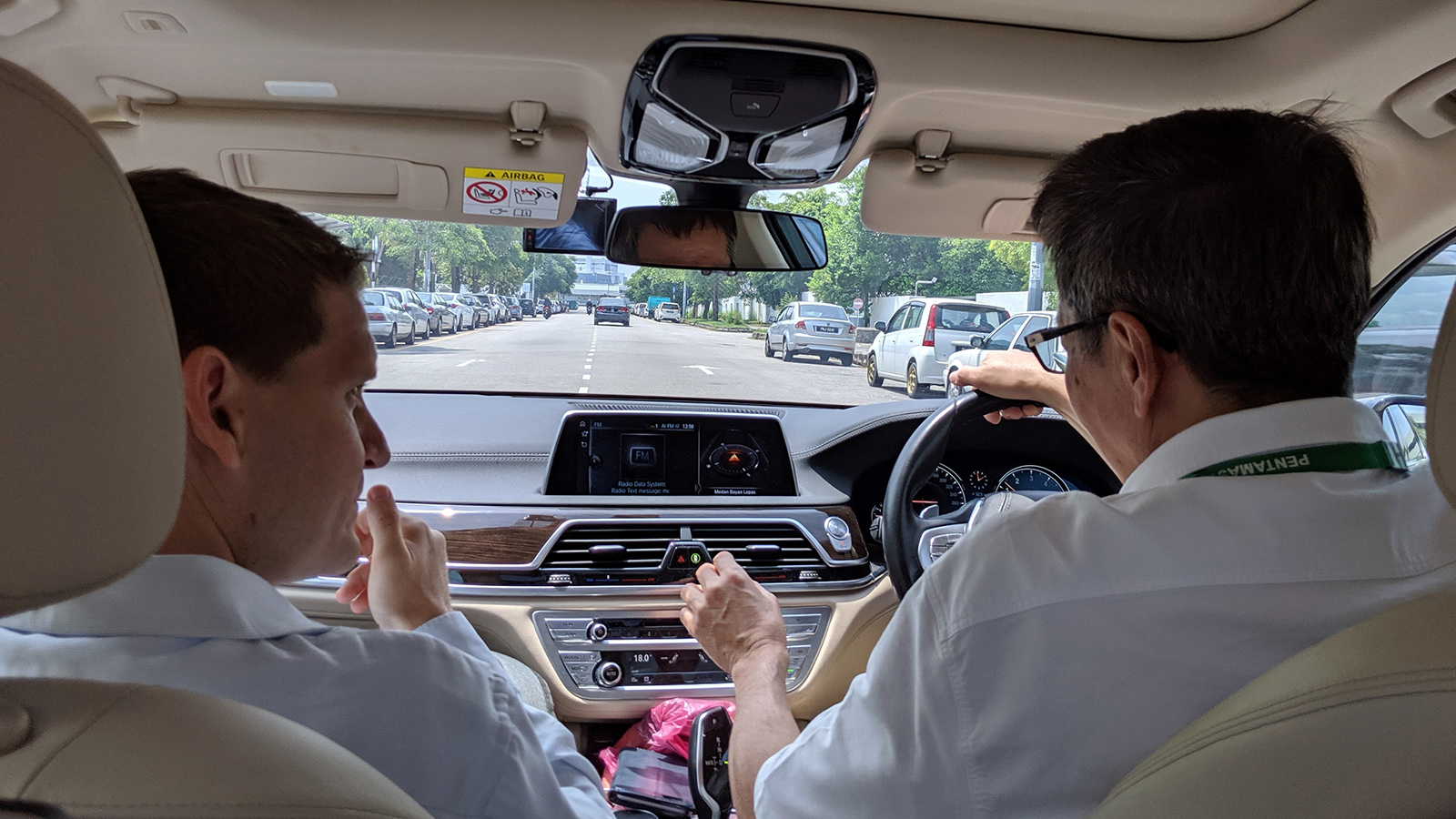 CEO giving us a ride to our next meeting
CEO giving us a ride to our next meeting
Scratching our heads at the ESG index
Malaysian companies left a positive, developed-world-like impression for their corporate governance: information transparency, timely disclosures, established investor relations departments and regularly published comprehensive sustainability reports are not uncommon – they are rather the norm. Furthermore, many companies take pride in their commitment to sound ESG practices: they showcase sustainability-themed installations at their headquarters and integrate the United Nations Sustainable Development Goals in their operations. During our due diligence visit to a theme park operator’s assets located 200 km from Kuala Lumpur in Ipoh, we were especially impressed by prominent displays of which specific SDGs are addressed throughout the park.
Most companies also aim to be included in the Malaysia Bursa FTSE4Good index, which is supposed to track companies that operate with sustainability in mind. The FTSE4Good index, however, made us scratch our heads a few times. It seemed that nearly every company we visited bragged about their inclusion, or imminent inclusion, in the index. Furthermore, several of these companies operate in the controversial coal, gaming, and palm oil industries. In our view, this all-inclusive approach dilutes the true sustainability champions.
We do not rely on such indices in our investment process, and so we have developed our own proprietary ESG framework that analyzes sustainability practices which we believe to be significant for investment alpha generation, based on academic research. We engage with every company we meet on their ESG policy, governance provisions, and human capital issues, as well as long-term risk management strategy pertaining to preparedness for climate change and the transition to a low-carbon economy, among dozens of other important ESG signals.
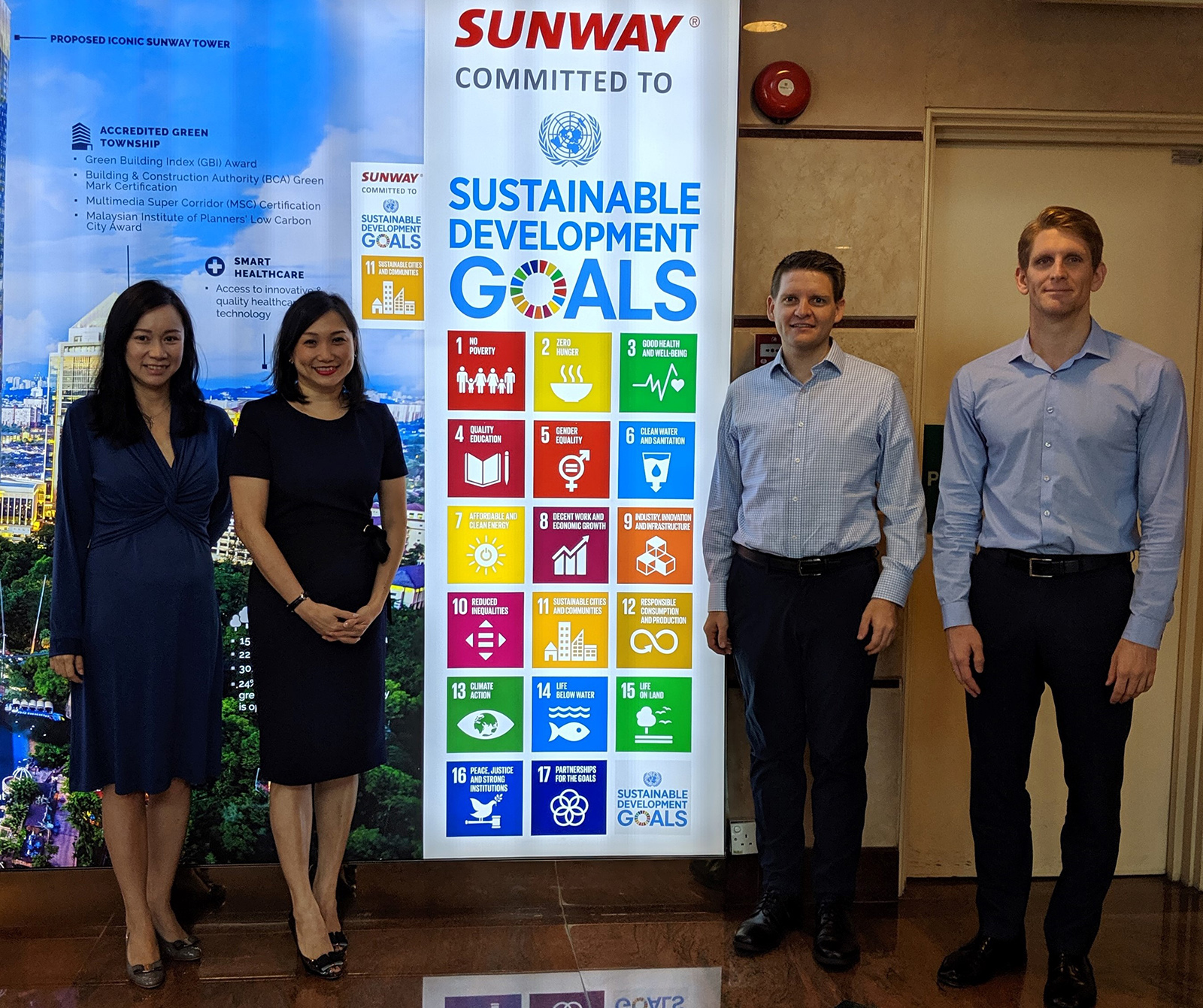 Meeting with a €1 billion REIT known for its implementation of the UN SDGs
Meeting with a €1 billion REIT known for its implementation of the UN SDGs
An awkward moment at the Malaysia stock exchange
In our meeting with Malaysia stock exchange executives, when discussing investor communication and transparency issues, the chief commercial officer told us to let her know if we had any problems getting company meetings we had requested. It was an awkward but funny moment when we told her that in fact we had not heard back from our request to meet the management of the stock exchange itself (which is also a publicly listed company). Needless to say, she got us a meeting with the CFO 15 minutes later.
We also learned that the stock exchange holds educational seminars on ESG implementation which several of the companies we met had attended. We applaud that many CEOs and management teams of publicly listed firms in Malaysia share our belief that good ESG simply means good business. Working together, investors and businesses can expedite delivery of long-overdue sustainability improvements and help secure a better future for people and the planet.
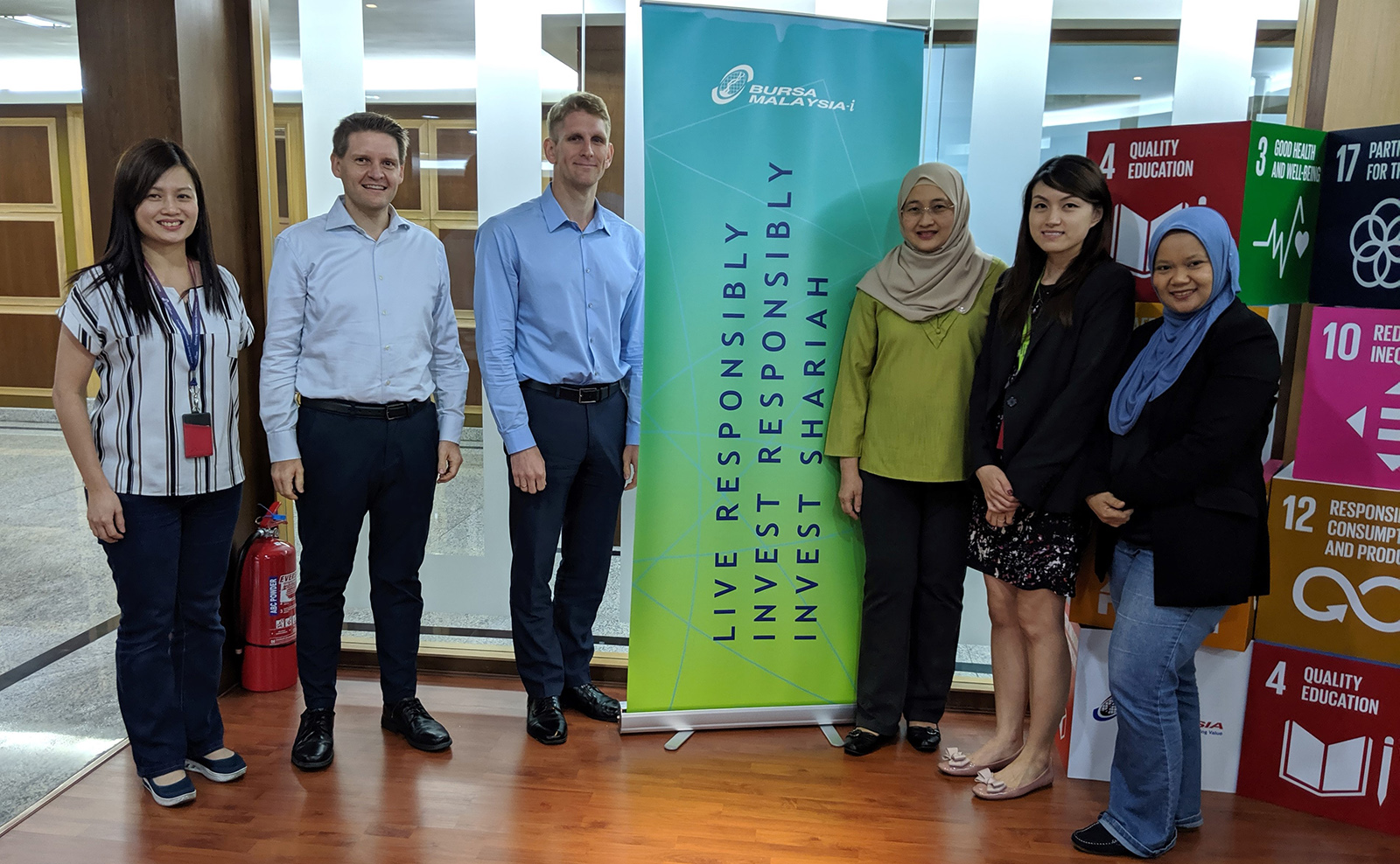 Meeting with the Malaysia stock exchange executives
Meeting with the Malaysia stock exchange executives
Our next stop
Having spent a month in the Philippines and a month in Malaysia, we are departing to the third country in our effort to live in 12 emerging markets in 12 months. Stay tuned for... Indonesia.
Read our recent blogs:
A month in the Philippines: How active management helped us beat the traffic (and the market)
You can read more about the Evli Emerging Frontier fund here












